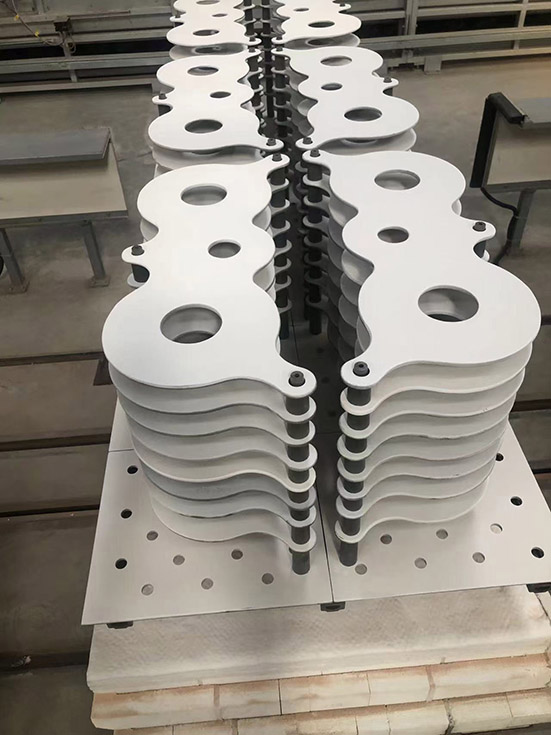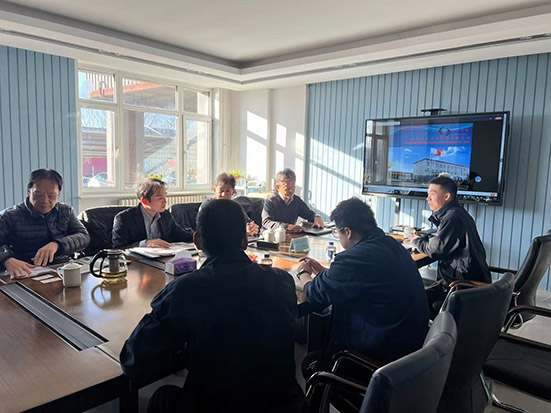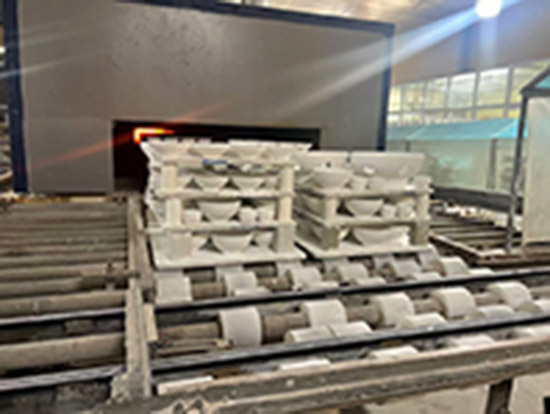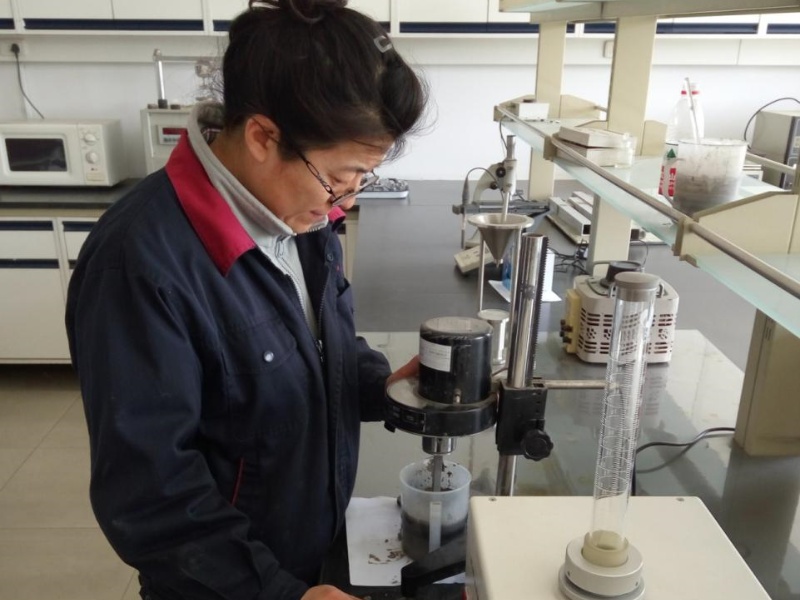
silicon carbide kiln furniture combination product
The ceramics industry, particularly in the production of daily-use items such as tableware, decorative pieces, and sanitaryware, demands materials that combine high-temperature resilience, mechanical durability, and cost efficiency. Nitride Bonded Silicon Carbide plates, a composite material renowned for its exceptional thermal and mechanical properties, have emerged as a game-changer in ceramic kiln furniture and tooling. Nitride Bonded Silicon Carbide plates often used as setters or saggers in kilns, offer transformative benefits over traditional alumina or cordierite-based materials. Below, we explore their advantages and diverse applications in daily ceramics manufacturing.
1. Superior Thermal Shock Resistance
Nitride Bonded Silicon Carbide plates composites exhibit a unique combination of low thermal expansion (3.5–4.5 ×10⁻⁶/°C) and high thermal conductivity (15–25 W/m·K), enabling Nitride Bonded Silicon Carbide plates to withstand rapid temperature fluctuations during firing cycles (up to 1,400°C). Unlike alumina setters, which may crack under thermal stress, Nitride Bonded Silicon Carbide plates maintain structural integrity, reducing downtime for kiln maintenance. This property is critical for daily ceramics, where glazing and multiple firing stages are common.
2. Enhanced Mechanical Strength and Wear Resistance
With a flexural strength exceeding 50 MPa and hardness of 13–15 GPa (Vickers), silicon nitride combined with silicon carbide plates resist deformation and abrasion even under heavy loads of ceramic greenware. Silicon nitride combined with silicon carbide plates' high fracture toughness minimizes chipping or micro-crack formation during repeated use, ensuring consistent support for delicate ceramic products. This durability extends their lifespan to 5–8 times that of conventional cordierite setters, significantly lowering replacement costs.
3. Chemical Inertness and Non-Reactivity
In oxidizing or reducing kiln atmospheres, Nitride Bonded Silicon Carbide plates remains chemically stable, preventing reactions with ceramic glazes or raw materials. Unlike metallic fixtures, which may oxidize and contaminate products, our silicon nitride combined with silicon carbide plates ensure purity in high-end ceramics, such as bone china or porcelain. Our silicon nitride combined with silicon carbide plates non-porous surface also resist slag penetration from molten glazes, preserving surface quality.
4. Lightweight Design and Energy Efficiency
Despite their robustness, silicon nitride combined with silicon carbide fish-shaped plates are 30–40% lighter than traditional alumina kiln furniture. This reduces thermal mass in kilns, enabling faster heating/cooling cycles and cutting energy consumption by up to 20%. For large-scale ceramic factories, this translates into lower operational costs and a smaller carbon footprint.

Get the latest price? We'll respond as soon as possible(within 12 hours)


